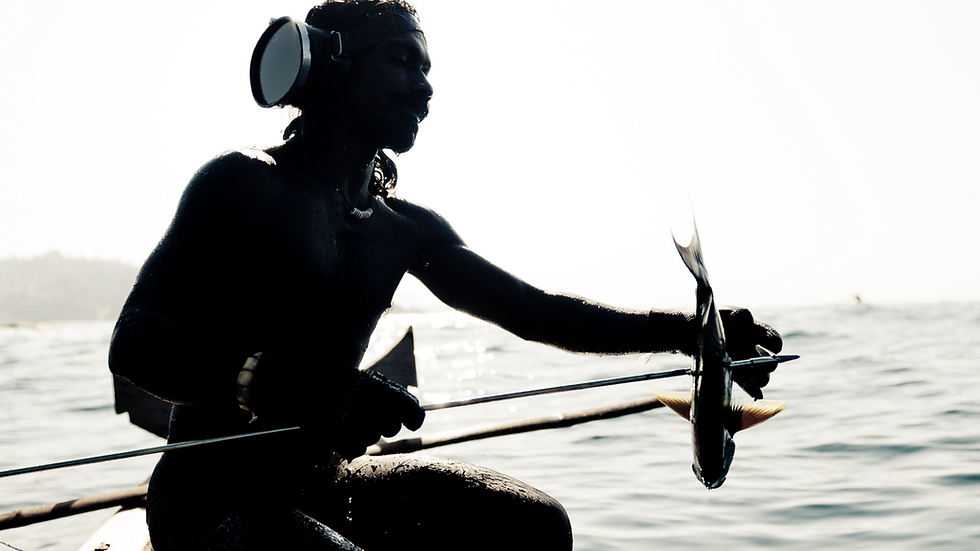Commercial fishing, its history and threats
- Nikol Argay

- Nov 16, 2022
- 3 min read
The World Wildlife Fund (WWF) reported that global fish populations have dropped by an average of 90% since the 1950s. Commercial fishing is the harvesting of fish and other seafood for sale and profit. It is a vital industry for many coastal communities around the world, that has provided jobs and food for millions of people over history. From simple hooks and lines, to mass industrial fishing that is currently causing the destruction of the ocean ecosystem.

Commercial fishing has a long and rich history dating back thousands of years. Ancient civilizations such as the Egyptians, Greeks, and Romans all relied on fishing as a source of food and commerce. In ancient times, fishing was mainly done using simple tools such as hooks and lines, or by using weirs, which are structures placed in rivers or streams to trap fish.
During the Middle Ages, fishing began to become more industrialized, with the use of larger boats and more advanced fishing gear. In the 18th and 19th centuries, the industrial revolution brought new technologies and innovations to the fishing industry, such as steam-powered boats and the invention of the trawl net. During the 20th century, commercial fishing underwent significant changes as new technologies and methods were developed. The use of sonar, radar, and satellite technology made it possible to locate fish more efficiently. Meanwhile, the introduction of new fishing gear, such as driftnets, longlines, and purse seines, allowed for the capture of larger amounts of fish. You can read more about the different fishing methods here.
In the last few decades, commercial fishing has become a global industry, with fishing vessels operating in every ocean and sea in the world. This development has led to several problems that are threatening our ocean and its ecosystem: overfishing, bycatch, habitat destruction and pollution.
Overfishing occurs when fish are caught at a rate faster than they can reproduce. This was caused by a variety of factors, including the use of advanced fishing technology, an increase in the number of fishing vessels, and changes in fishing practices. The World Wildlife Fund (WWF) reported that global fish populations have dropped by an average of 90% since the 1950s.

Bycatch refers to the unintended capture of non-target species in fishing operations. This can include different species of fish, including sharks, marine mammals, seabirds, and sea turtles. When non-target species are caught and killed in large numbers, it can lead to an imbalance in the ecosystem and loss of biodiversity. This can have cascading effects on other species that depend on them for food or other ecosystem services.
Certain fishing gear and fishing methods such as trawling can damage or destroy sensitive marine habitats like coral reefs, seagrass beds, and mangroves. This can have long-term impacts on the species that depend on these habitats and can lead to a decline in biodiversity.
Fishing also causes pollution in the ocean in several ways. Fishing gear such as nets, lines, and traps can break or be lost at sea, and they can continue to fish and entangle marine life, as well as contribute to the accumulation of plastic and other debris in the ocean. Fishing vessels often release oil, lubricants, and other chemicals into the ocean, which can harm marine life and ecosystems.
Commercial fishing as it is practiced nowadays represents a threat to the ocean ecosystem health and is unsustainable on a global scale. Read our sustainable guide to make better and more informed choices when it comes to consuming seafood.









Comments